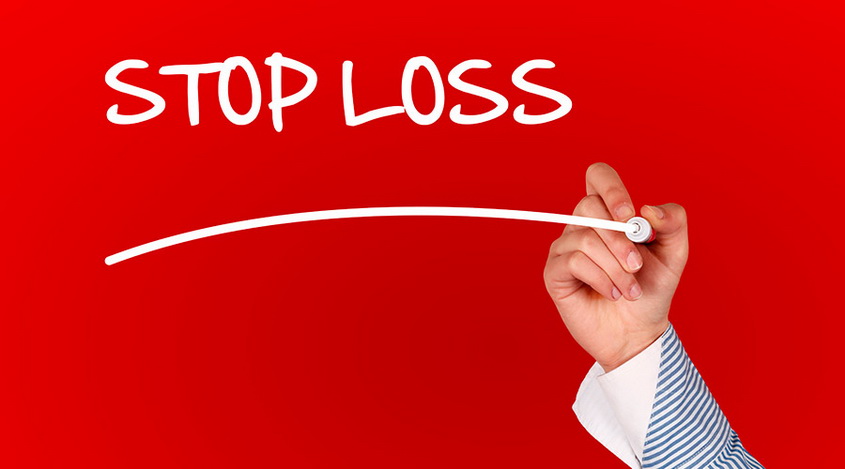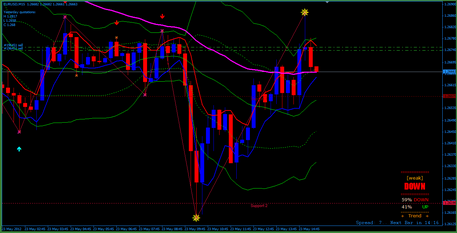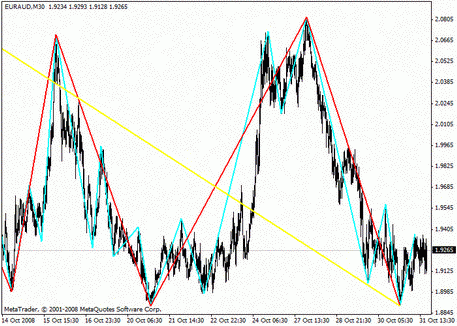
How to Set a Stop-Loss Correctly
Wednesday, 23 August 2017 06:24
Stop-loss is an order type that limits the number of possible losses in the Forex. It is set by a trader at the level where the price has reached the maximum acceptable loss value. Traders determine the stop-loss points in different ways depending on the possible profit size, asset price, indicators, strategy type as well as the individual preferences.

In this case, if the stop-loss is set correctly, a trader will avoid losing a deal, but otherwise. It can interrupt getting the desired profit being triggered too early. For example, it happens when a stop-loss closes the purchase transaction. Afterward, the price fluctuates down, turns again, and continues to grow.
How to set the stop-loss?
When placing a stop order, a trader should follow the lines of the support and resistance. Within the trend trading, a trader is guided by the breakout, within the flat trading - by the borders.
If there is a high resistance level, it's assumed that the price won't break it, so the stop-loss level is set outside the frontier. Also, the stop-loss point can be determined based on the values of the previous highs and lows. However, it's worth considering the following details:
- Remember that a lot of traders will act the same. The most stop orders will be placed at some distinct points, which increases the risk. Moreover, the longer the time frame is, the stronger is the level, and the more traders will set their orders at the same points;
- Most of the traders know these features. It's quite easy to predict the likely stop orders, so they can force the price to rise (or fall) to these levels. Orders are triggered, and small players are thrown out of the market. The price returns to the previous values;
- Don't place the orders on the round numbers (60, 100, 570, 900, etc.) - psychologically, most traders choose such points.
Determination of the stop-loss amount
First of all, the stop-loss displays the sum of money a trader will risk during the trading. For such a reason, it's recommended to set the stop-loss size equal to 1-2% of the transaction. This value can be established to 5%, as necessary.
Having set the stop-loss percentage, a trader gets a significant advantage - an ability to manage the position size with the same risk.
It's also important to consider the size of the spread, and the cost of the item. For example, suppose the spread is 3 points, the take-profit is 1.1330, and the stop-loss is 1.1250 points. Then take-profit will be triggered at a price value of 1.1333, and the stop-loss - at 1.1253. The task becomes more complicated with the floating spread values as this value can vary depending on the fundamental factors of the market and the important news.
Summary
Some traders don't use the stop-loss levels at all closing the positions manually. Somebody can consider this method appropriate. However, successful traders use the stop-losses as an important part of the trading process.
Understanding the trading mechanisms, and the proper orders arrangement, the trader can manage his risks, as well as to receive a stable income.
Share
Related articles
- Previous article: Types of Trading
- Next article: How to Exit the Position

 English
English
 русский
русский



